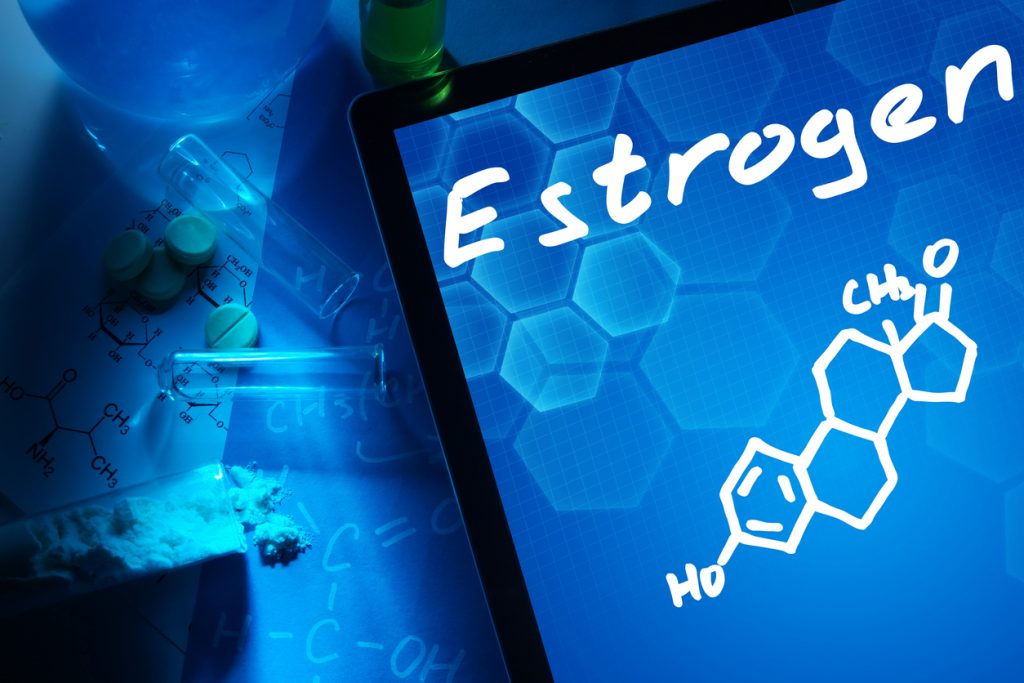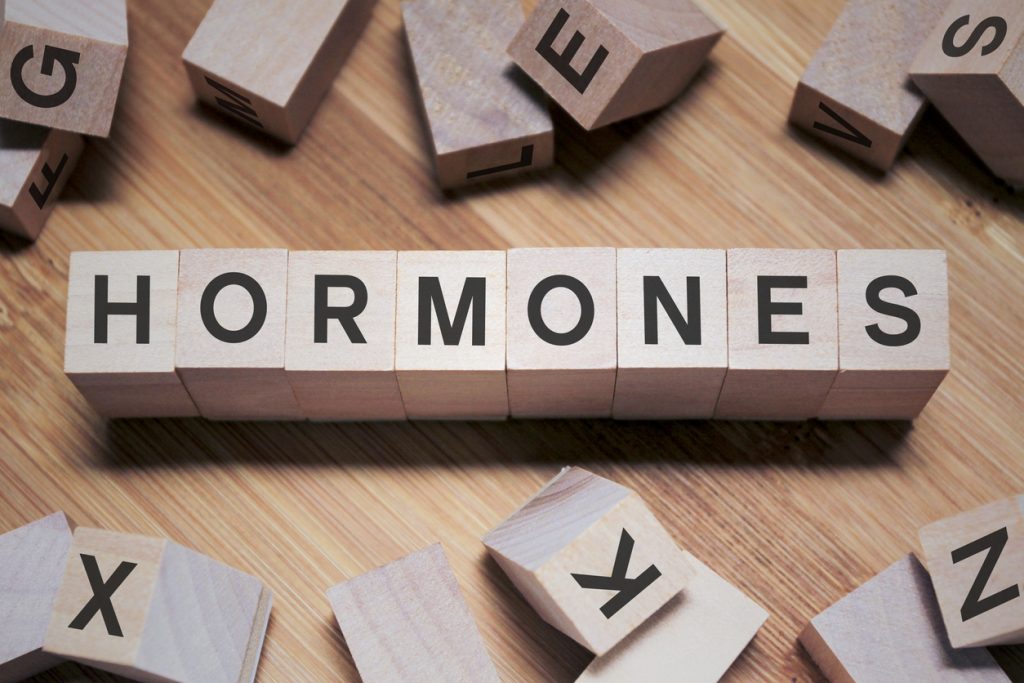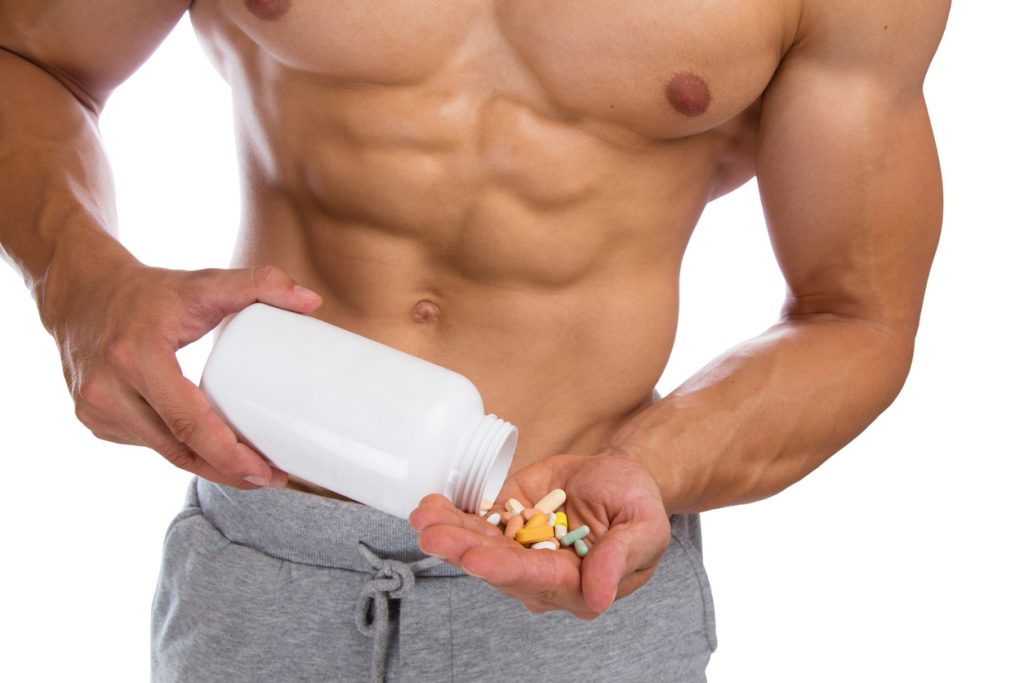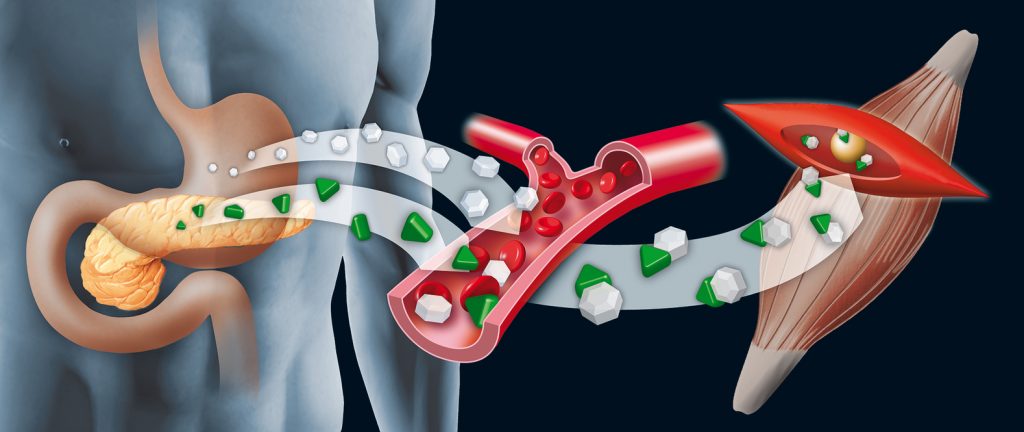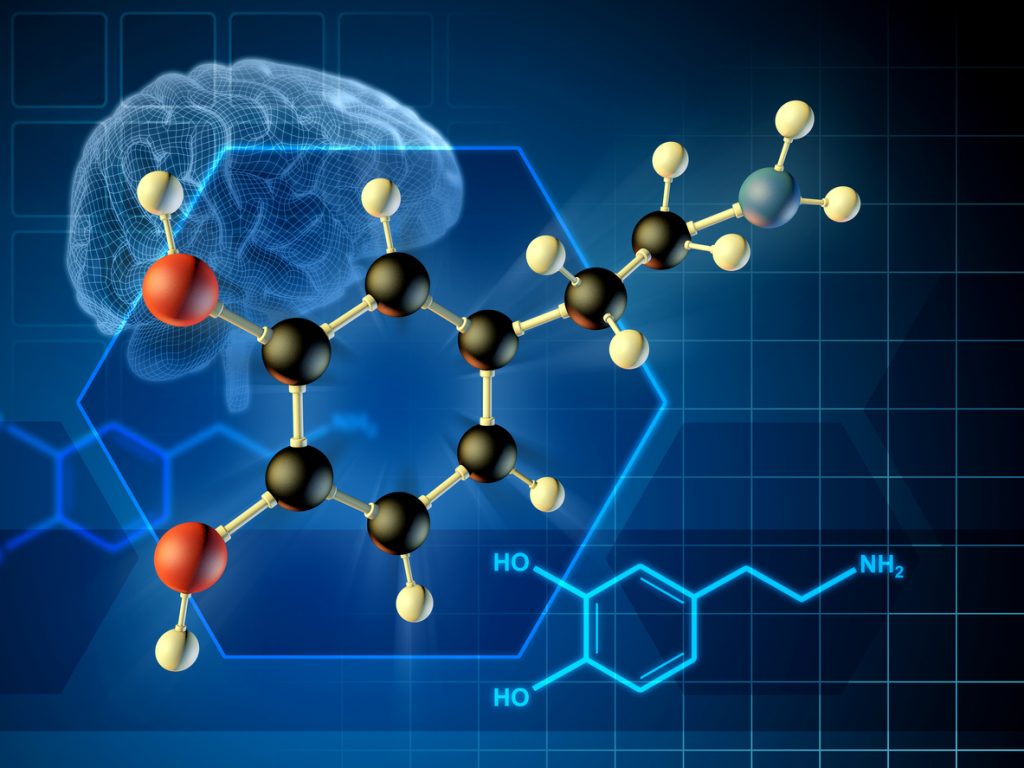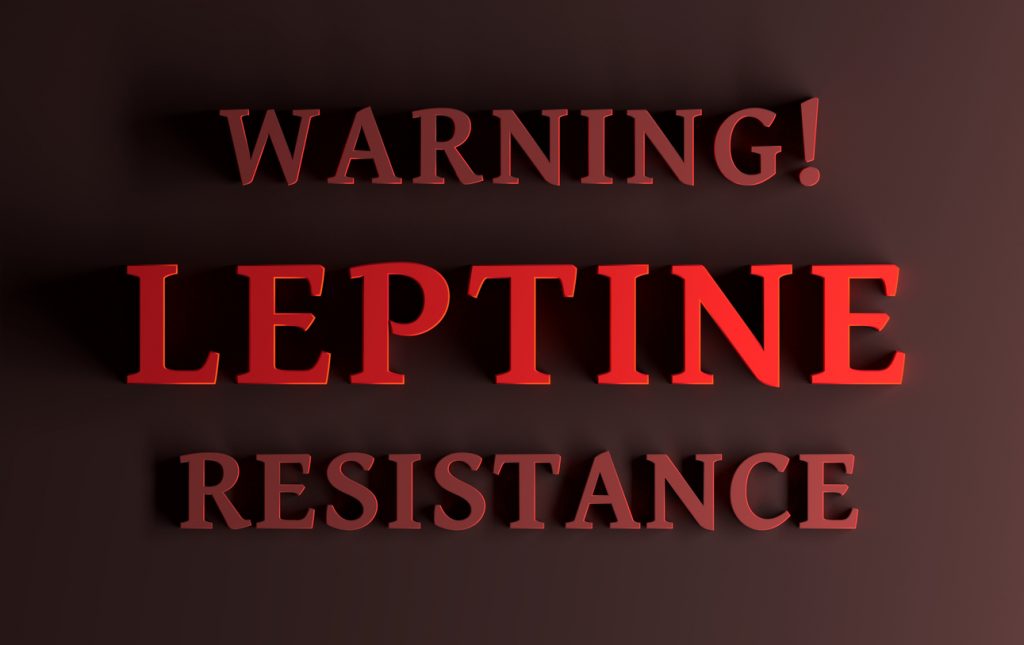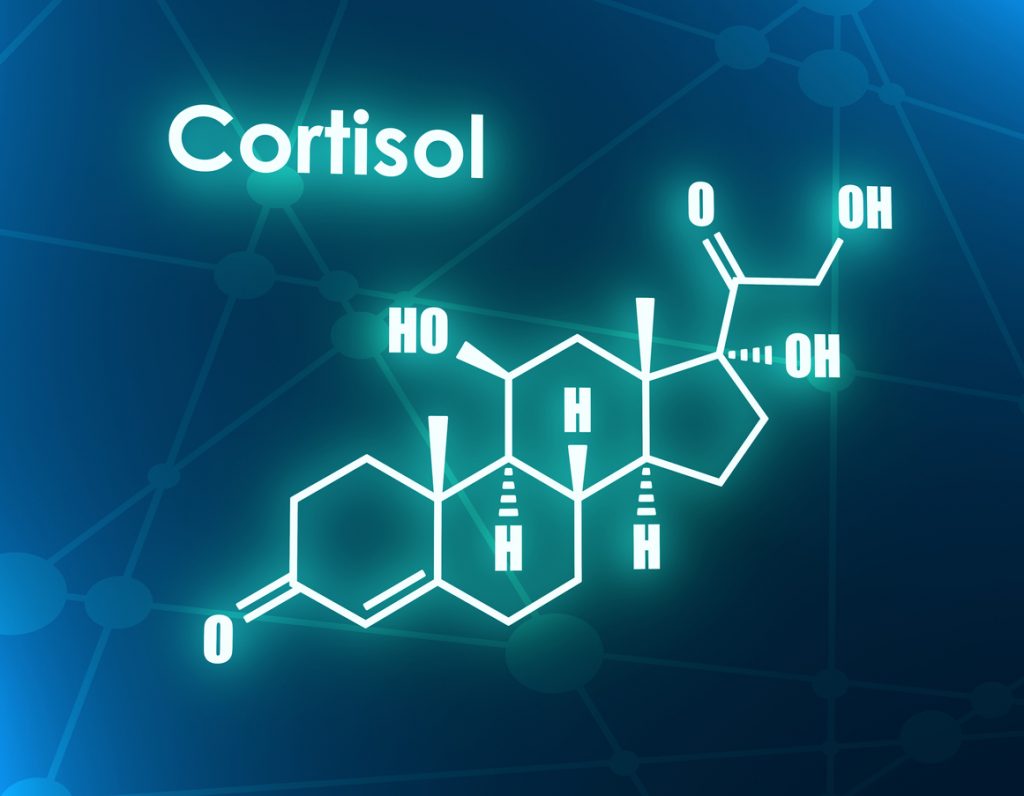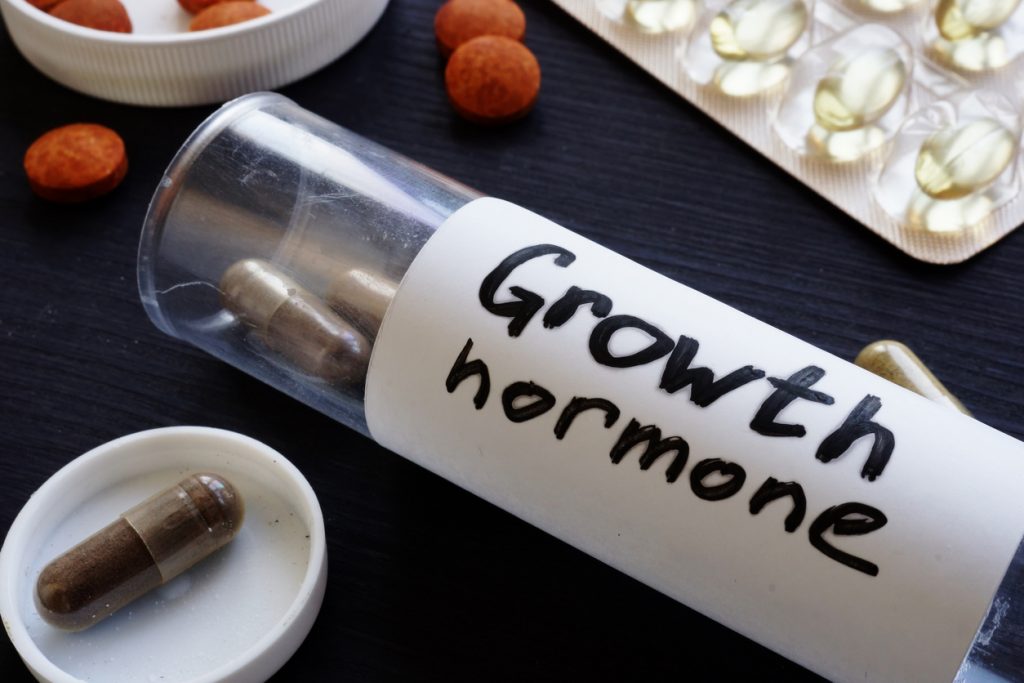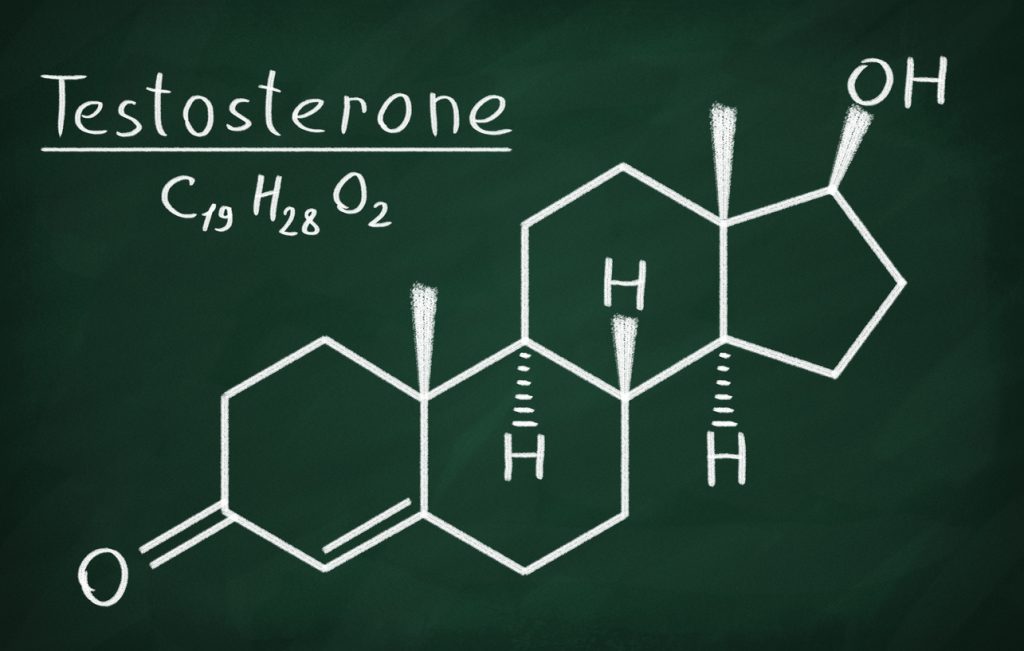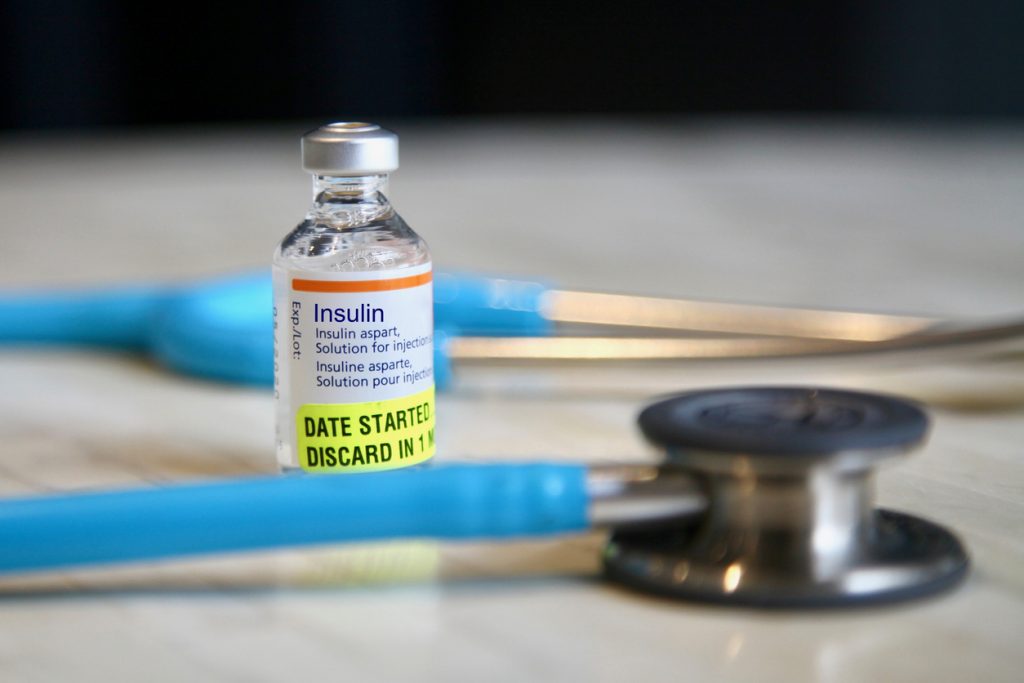Calling hormones "male" or "female" is a misnomer. These hormones are present in both men and women but in different concentrations. Therefore, estrogen is also part of the male secretion, but at an infinitesimal value under normal physiological conditions.
Of course, there are forms of pathology that reverse these concentrations and alter the internal or external appearance of the individual. Estrogen is the hormone responsible for reproduction and the appearance of secondary sexual characteristics in women.
The physiological properties of oestrogen
There are different types of female hormones (oestradiol, oestrone, oestriol. . . ) which are included in the term oestrogen. Like the male hormone, this secretion originates in the female gonads.
It is therefore produced mainly in the ovaries, the fat cells and the adrenal glands. The production of the hormone increases considerably from puberty onwards and does not fade away until a certain age.
Estrogen is responsible for breast development, hip enlargement, pubic and underarm hair growth, and menstruation. This steroid hormone regulates various physiological phenomena in women, such as bone metabolism or muscle growth. This is why women have a thinner and less developed waist than men.
The effects of the hormone in relation to the body level
Estrogen is not only responsible for the development of sexual characteristics in women. The secretion also has an effect on the perception and emotions that a person feels. These characteristics vary depending on the level of estrogen established by the sexual organ.
You should know that the level of the hormone in the woman oscillates according to the situation. Production tends to increase during puberty and pregnancy. It tends to decrease during the menopause, with considerable weight loss or a decrease in fat tissue.
This hormone should be in the normal range of concentration in women as it promotes important changes in their bodies. One hears especially about tumour masses stimulated by the excess production of the female hormone. Or fertility due to insufficient oestrogen levels.
Irregular periods, hot flushes, night sweats, insomnia, vaginal dryness, low libido, irritability, headaches and dry skin may be due to low oestrogen levels. In any case, estrogen is considered a powerful hormone that can be both harmful and beneficial to health.
Men and their estrogen levels
The production of oestrogen is not useful for humans. That is why its concentration is so minimal. However, there are situations in which a man is unable to increase his muscle mass adequately despite prolonged exercise and weight training rituals.
The visible consequence of more estradiol on a man's body is the abnormal growth of breast tissue: gynecomastia. This abnormality occurs when the testosterone level decreases. Then the estrogen level increases to feminise the man (a slight change in manner, tone, feminine behaviour, increased susceptibility, etc. ).
But also a loss of muscle and a more or less marked development of the breasts, an accumulation of fat in the abdominal area, a loss of libido, virility and an increased risk of prostate disease.
Reducing estrogen levels in men or women
It is important to know that many chemicals in our environment and food are responsible for the effects of oestrogen in our bodies. These are called "Xenoestrogens", which are foreign estrogens from outside the body. It is therefore important to avoid them as much as possible.
They are mostly found in containers or most plastic-based products. Detergents and cleaning products. In pesticides and chemical fertilisers. Here are some tips:
- Work out regularly: building muscle stimulates the production of testosterone and testosterone counteracts the effects of oestrogen. This is because testosterone and estrogen levels are interrelated (when one increases, the other decreases). This practice should be effective if testosterone production is still within the normal range.
- Avoid Xenoestrogens (chemicals with estrogenic effects) such as pesticides and other household chemicals, especially sprayed insecticides. Be careful with the use of these toxic products in your daily life and reduce the risk of hormonal changes. Be careful with plastics: don't heat food in the microwave in plastic dishes, avoid leaving water in plastic bottles in the heat of the car.
- Avoid drugs that increase estrogen or decrease testosterone levels such as H2-receptor blockers (Tagamet, Zantac), benzodiazepines (Valium, Xanax), some heart medications (Lanoxin, Norvasc) and some antibiotics (Ketoconazole, Metronidazole).
- Reduce abdominal fat: Testosterone is converted directly to estrogen in abdominal fat by the action of the enzyme aromatase. It is not a coincidence that obese men have prominent breasts due to breast development.
- Limit alcohol: Low alcohol consumption can increase testosterone levels. Excessive alcohol consumption increases the amount of estrogen in the bloodstream.
- Eat organic meat. Factory-farmed animals are treated with estrogen before slaughter, which makes them fat and retain water. Organic meat from grass-fed animals is excellent for boosting your testosterone levels: it contains a little cholesterol, some saturated fat and all the essential amino acids. Meat from industrial and intensive farming contains traces of oestrogen.

